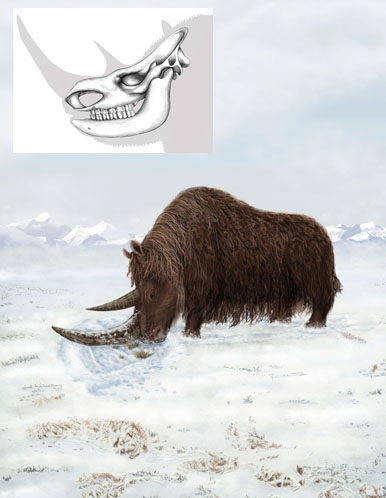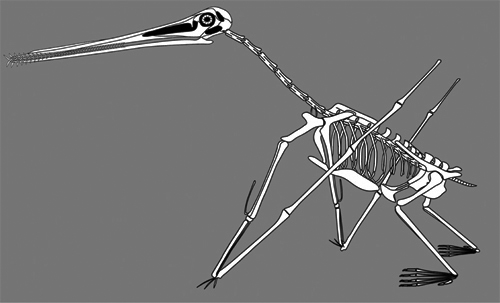|
 Research Progress Research Progress |
|
 |
New Cervid Species Found in Middle Miocene of Nei Mongol, China |
| WANG Li-Hua, a graduate student paleontologist from Institute of Vertebrate Paleontology and Paleoanthropology, Chinese Academy of Sciences, identified a new species of cervid, Euprox altus, from the Middle Miocene fossil locality of Damiao (N42°00’31.4’’, E111°34’50’’), Siziwangqi, Nei Mongol, as reported i... |
|
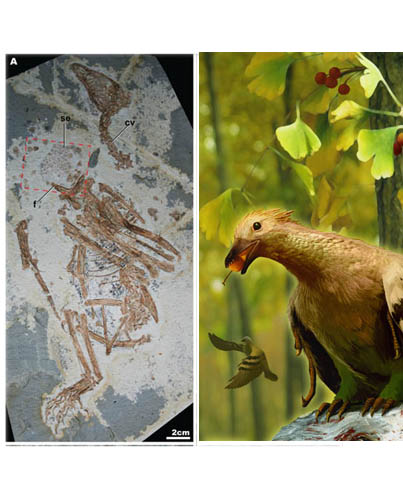 |
Early Cretaceous Birds with Crops Found in China |
| The crop is characteristic of seed-eating birds today, yet little is known about its early history despite remarkable discoveries of many Mesozoic seed-eating birds in the past decade. Scientists from Institute of Vertebrate Paleontology and Paleoanthropology (IVPP), Chinese Academy of Sciences, Tianyu Museum of Nat... |
|
|
|
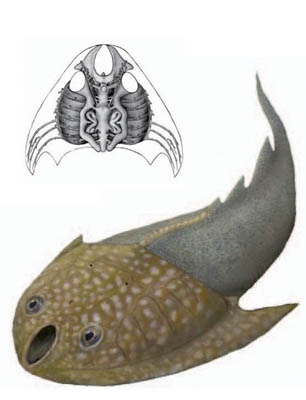 |
Fossil Jawless Fish from China Provides Evidence for the Origin of Jaws |
| Most living vertebrates are jawed vertebrates (gnathostomes), and the living jawless vertebrates (cyclostomes), hagfishes and lampreys, provide scarce information about the profound reorganization of the vertebrate skull during the evolutionary origin of jaws. The origin of a mouthful of jaws and teeth is one of the... |
|
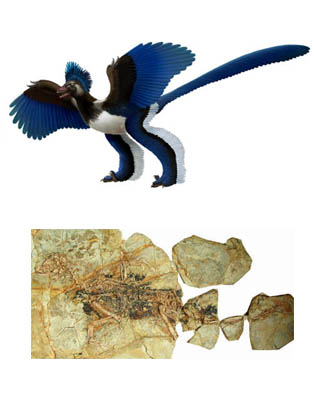 |
New Archaeopteryx-like Dinosaur Found in China |
| Scientists have identified a new species of Archaeopteryx-like theropod dinosaur from lake deposits formed about 160 million years ago in northeastern China. According to findings published online today (July 28th, 2011) in the journal Nature, the new dinosaur species Xiaotingia zhengiis a close relative of Archaeop... |
|
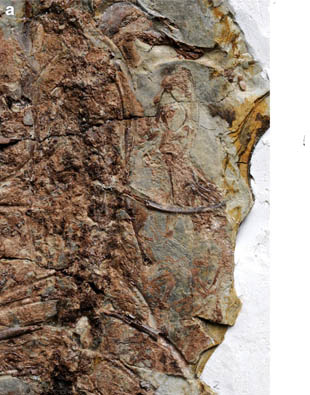 |
A Cretaceous Gravid Lizard Found in China |
| Although viviparity is most often associated with mammals, roughly one fifth of extant squamate reptiles give birth to live young.However, there is debate as to the antiquity of the trait and, until now, the only direct fossil evidence of squamate viviparity was in Late Cretaceous mosasauroids, specialised marine l... |
|
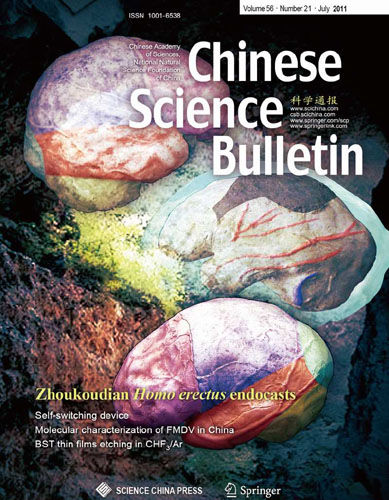 |
Peking Man Differing From Modern Humans in Brain Asymmetry |
| Paleoanthropologists studying the fossil endocasts of Australopithecus, Homo habilis, Homo erectus, Neanderthals, and Homo sapiens have reported that almost all brain endocasts display distinct cerebral asymmetry. Peking man’s endocasts are good examples of ancestral brains and are useful in studying human evolutio... |
|
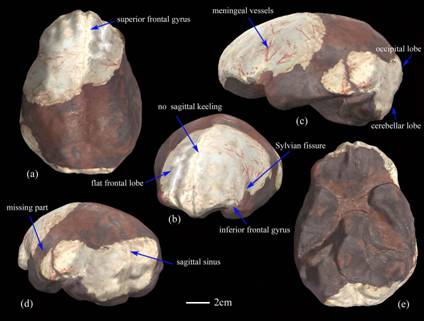 |
Brain Endocast of Nanjing 1 Homo erectus Reconstructed |
| Endocasts are the most direct evidence for studying human brain evolution. Endocasts can provide information on brain size, general shape, morphology, and anatomical features of the external surface. Dr. WU Xiujie, Institute of Vertebrate Paleontology and Paleoanthropology, Chinese Academy of Sciences, and her colla... |
|
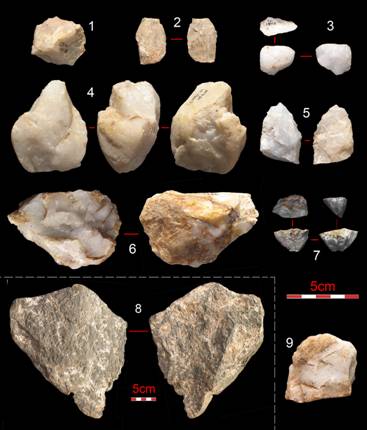 |
New Paleolithic Remains Found in Longxi Basin,Gansu Province |
| Gansu Province is the first place where Paleolithic artifacts with clear stratum were found in China. Most of these early finds were located in the eastern Loess Plateau, in the eastern part of the province. Archeologists from Institute of Vertebrate Paleontology and Paleanthropology (IVPP), Chinese Academy of Scien... |
|
|
|
|


